LTV A-7E Corsair II US Navy
Production Time 9 to 10 weeks
Shipment is by FedEx, UPS or DHL International Express Courier with a normal door-to-door delivery time worldwide of within 2-3 business days after dispatch. Due to the current volatility of world fuel prices, the amount mentioned here is our best estimate for DHL and UPS and may be subject to change at the time of shipping.

Model Description: LTV A-7E Corsair II US Navy Wood Replica Scale Custom Jet Model
Manufacturer: Ling-Temco Vought
Wingspan: 13.4 Inches (34 Centimeters)
Height: 5.6 Inches (14.2 Centimeters)
Scale: 1:35
Registration: 158662
$259.50
Production Time 9 to 10 weeks
-
United States dollar ($)
-
Pound sterling (£)
-
Euro (€)
-
Australian dollar ($)
-
Canadian dollar ($)
-
Singapore dollar ($)
-
Swiss franc (CHF)
-
Japanese yen (¥)
-
Danish krone (kr.)
-
Hong Kong dollar ($)
-
Norwegian krone (kr)
-
Swedish krona (kr)
-
United Arab Emirates dirham (د.إ)
General Product Description
Our PlaneArt LTV A-7E Corsair II US Navy model exhibits unique, unrivaled quality and detailed design to come as close as possible to the accuracy of the actual plane. It comes as standard with a robust, durable base or stand which is available in a variety of different finishes designed to match your own personal requirements including solid wood, wood with polished metal supports or adjustable wood wall mount and will be ready within about 9-10 weeks from placement of order.
The LTV A-7E Corsair II US Navy model is made of the finest kiln dried renewable mahogany wood (commonly known as Lauan or Meranti) which has undergone many stages of carving and meticulous and careful sanding giving the beautiful, finished museum quality masterpiece. Many collectors and model connoisseurs demonstrate their preference for genuine handmade and hand painted mahogany wood models rather than plastic or die cast (diecast) alternatives due to the overall look and totally different feel of the item - we trust you will find the same. We can however, if required produce the same model in Solid Cast Resin so just click and contact us for further information. Our craftsmen and gifted artisans ensure that our finely handcrafted model airplanes match the precise blueprint details of the original aircraft. The paint scheme, markings and parts are closely matched, reflecting the original aircraft. This stylish top-quality desktop replica model will surely enthrall anyone who receives this as a gift and for sure one of the most appropriate and desirably collectable gifts for any aviation enthusiast or avid military jet aircraft collector whilst also displaying a perfect resemblance to the actual real life version.
There are many types of military jet aircraft, but the basic types are bombers, fighters, fighter bombers, spotter planes, transporters, patrol aircraft, trainers, and reconnaissance and observation aircraft. All these types of aircraft are used for different types of missions. If you're a fan of historic or present-day military aviation, our model aircraft will bring the excitement and character of these aircraft right into your own home.
If you require, we can also make the LTV A-7E Corsair II US Navy model in any other military, government or even private livery or colour scheme you require and if necessary, in a different size or scale. Just click here to contact us with a description or photographs of what you require, and we will let you have a quotation for the necessary customization by return email. We can also make bespoke scale replicas of any other private / civil commercial airliner or airliners, helicopter, glider, gliders with engines, military propeller, warplane jets, biplane, triplane, tail fin, spacecraft, rocket or NASA model you require in any airline, military or civilian livery or colors. We also produce model airships, blimps, dirigibles, blimps, boats, and ship collectibles. Wall plaque or seal for military, government or private customers. Again, by clicking here to contact us just let us know exactly what you need.
The LTV A-7E Corsair II: A Stalwart of the US Navy Fleet
The Ling-Temco-Vought (LTV) A-7E Corsair II, often dubbed “SLUF” (Short Little Ugly Fella), was a mainstay in the U.S. Navy’s carrier-based attack aircraft fleet from its introduction in the late 1960s through the 1990s. Renowned for its robustness and precision, the A-7E played a significant role in naval operations during its tenure. This article explores the important features and capabilities of the A-7E variant, highlighting its contributions to naval aviation history.
Development and Introduction:
Developed from the Vought F-8 Crusader, the A-7 Corsair II was designed to meet the U.S. Navy’s urgent requirement for a new light attack aircraft. The A-7E variant, introduced in 1969, was the most advanced version deployed by the Navy, featuring substantial upgrades in avionics, armaments, and performance compared to earlier models.
Design and Avionics:
The A-7E Corsair II was designed with a focus on ease of maintenance and operational efficiency. It featured a distinctive, subsonic, shoulder-winged design, which contributed to its excellent low-speed maneuverability — crucial for landing on aircraft carriers. One of the most innovative features of the A-7E was its integrated digital navigation/attack system, which was revolutionary at the time. The aircraft was equipped with a heads-up display (HUD) and a sophisticated inertial navigation system, which allowed for highly accurate weapon delivery, even in adverse weather conditions.
Armament and Performance:
The A-7E was capable of carrying a wide array of weaponry, including air-to-ground missiles, free-fall bombs, and laser-guided munitions. It was also fitted with an internal 20mm rotary cannon for close-range combat. Powered by a single Allison TF41-A-2 turbofan engine, the A-7E had a maximum speed of approximately 600 knots and a range of over 2,000 nautical miles, augmented by its in-flight refueling capability.
Operational History:
During its service, the A-7E saw extensive action. It was prominently used in the Vietnam War, where it proved its effectiveness in close air support and interdiction missions. The aircraft’s precision in dropping both conventional and laser-guided bombs was highly valued. Later, the A-7E participated in other significant military operations, including the 1986 strikes against Libya and the first Gulf War in 1991, where it once again demonstrated its strategic importance in combat scenarios.
Legacy and Retirement:
Despite being replaced by more modern aircraft like the McDonnell Douglas F/A-18 Hornet, the legacy of the A-7E Corsair II endures in naval aviation history. Its design influenced later aircraft, and its operational success set a high standard for future attack aircraft. The A-7E was officially retired from active service in the mid-1990s, but it continues to serve in a training capacity in several other countries, underscoring its robust design and versatility.
In conclusion, the LTV A-7E Corsair II represents a significant chapter in the history of U.S. naval aviation, marked by technological innovation and combat proficiency. Its contributions to military operations have left an indelible mark on the strategies and outcomes of U.S. military engagements during the latter half of the 20th century.
| Weight | 6 kg |
|---|---|
| Dimensions | 16 × 13.4 × 5.6 in |

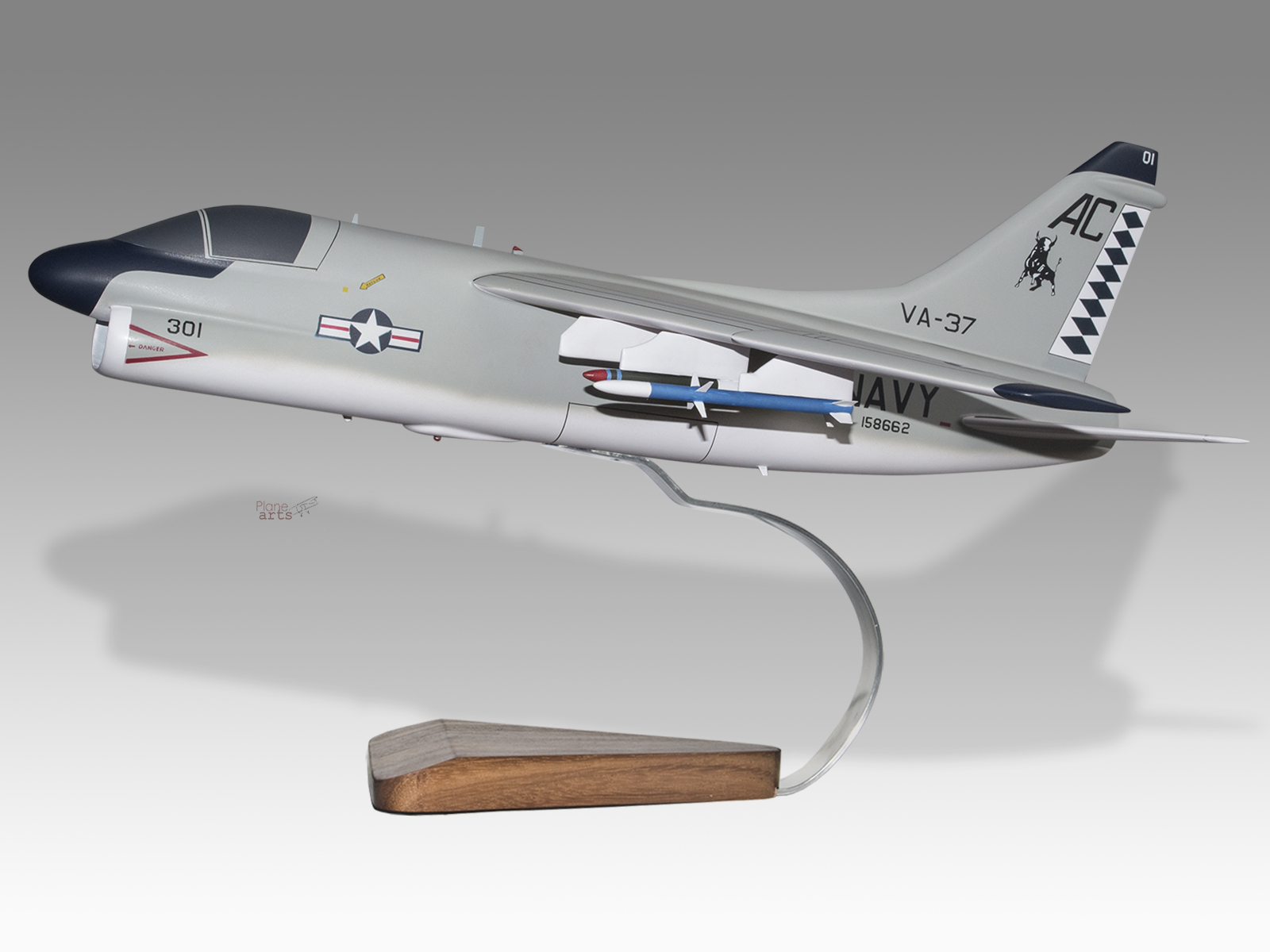
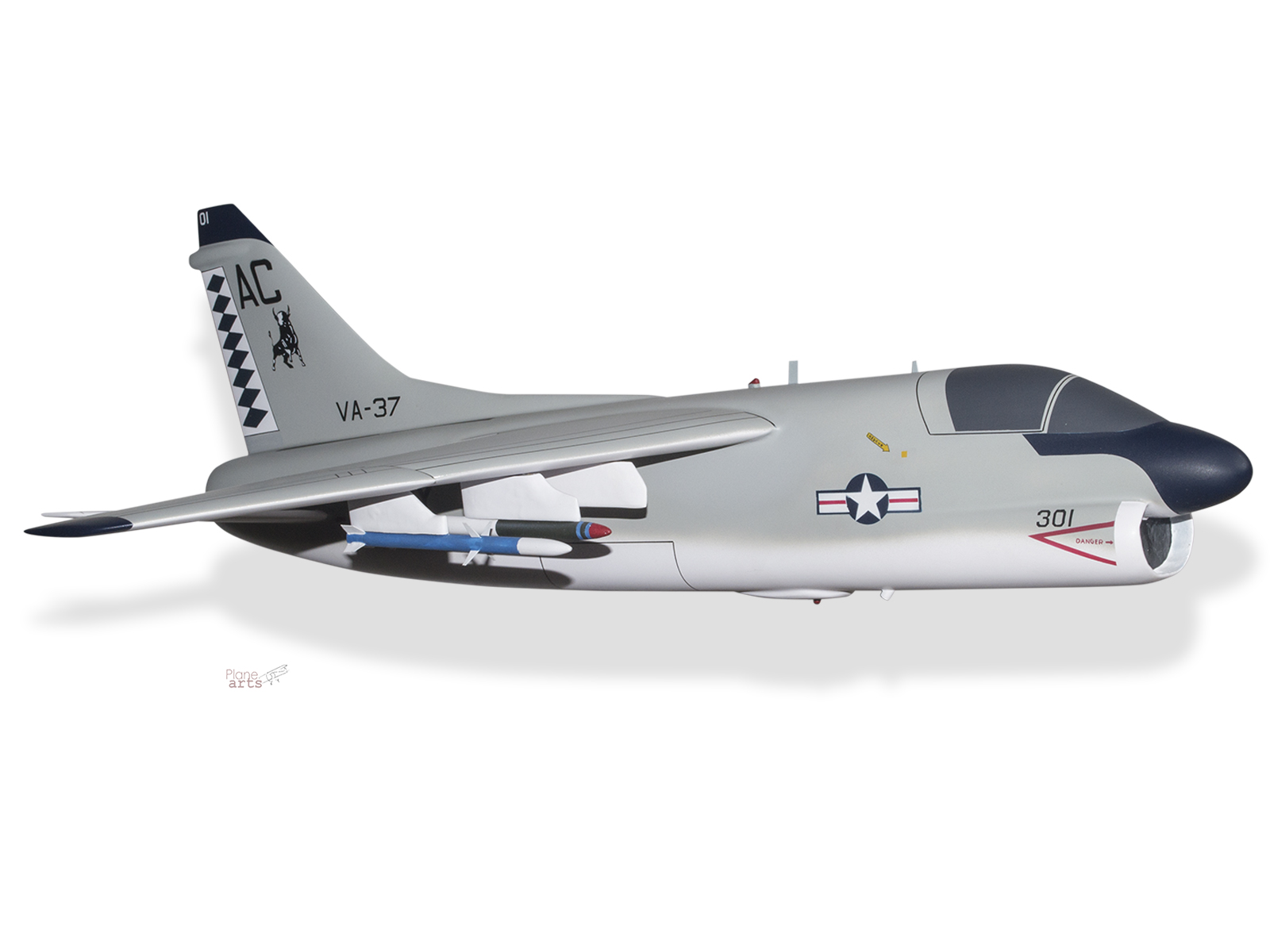
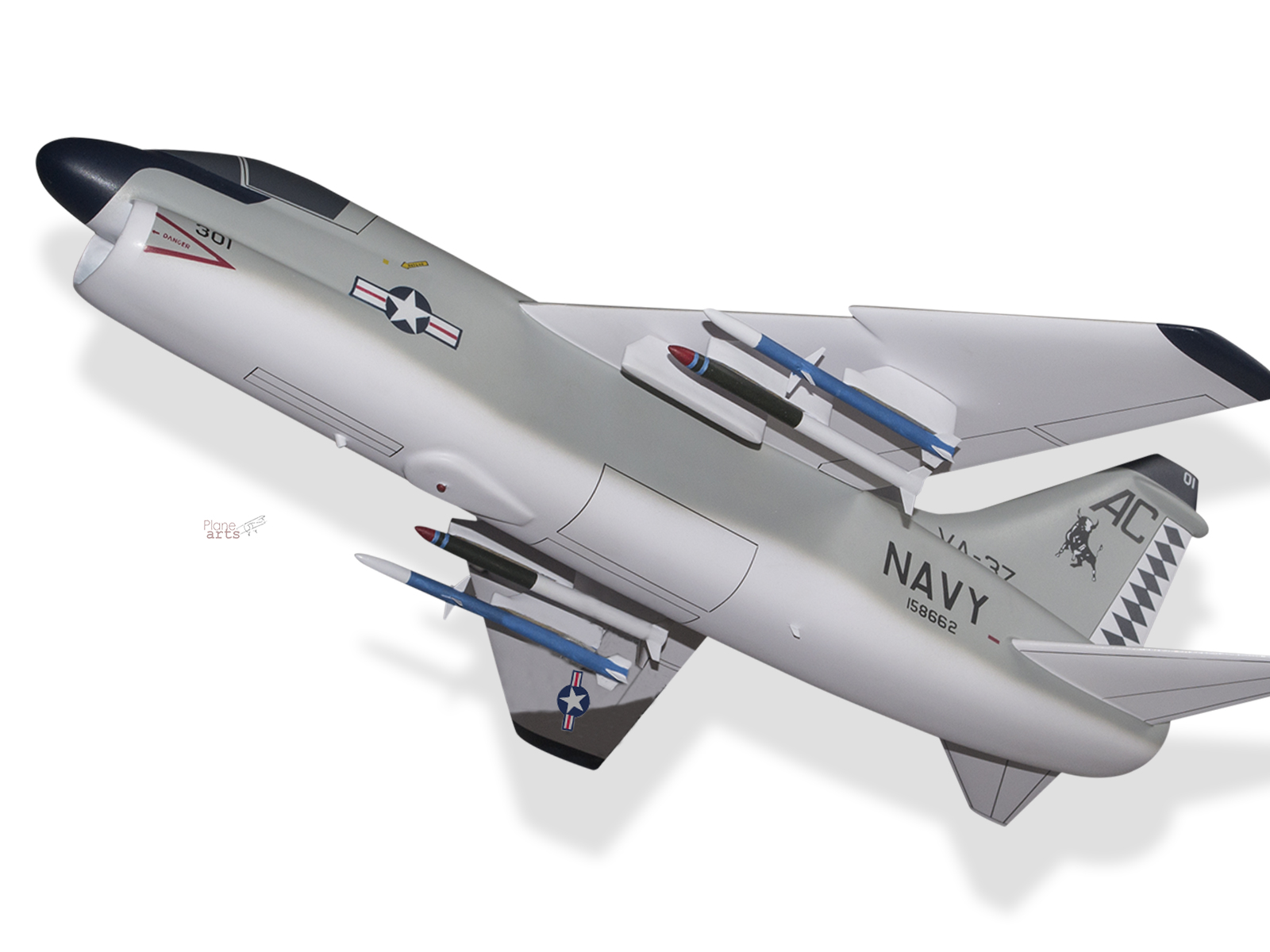
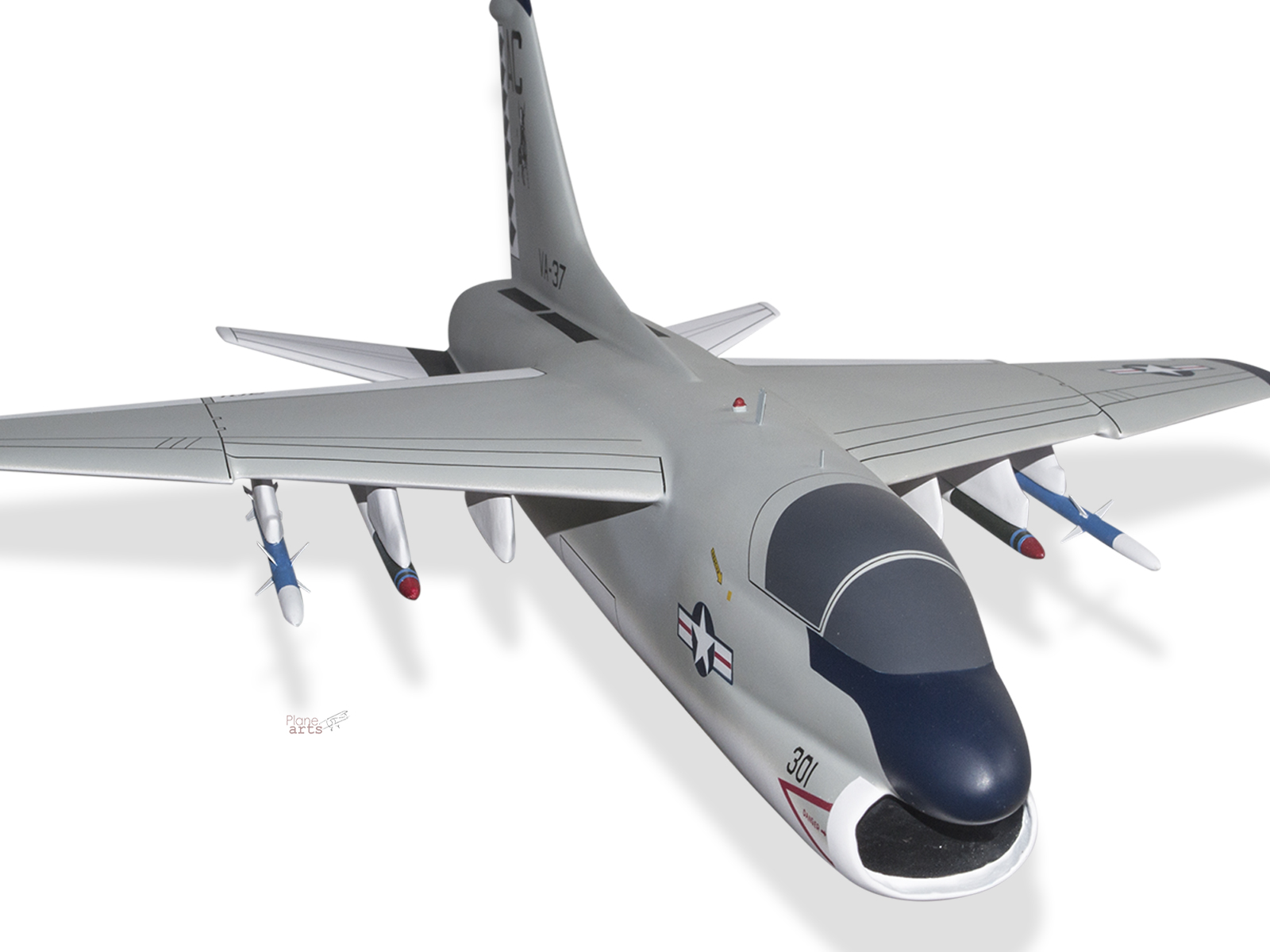
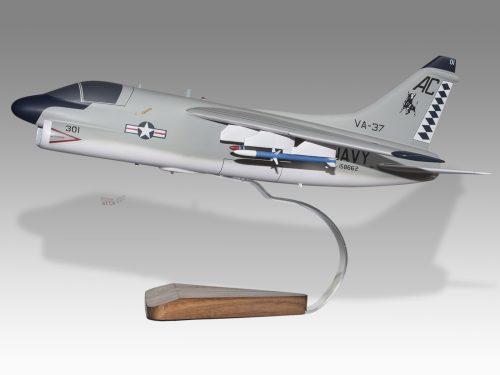
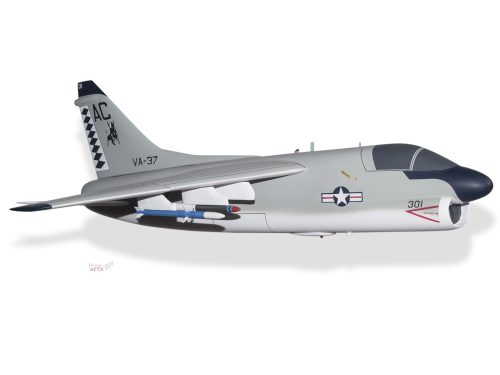
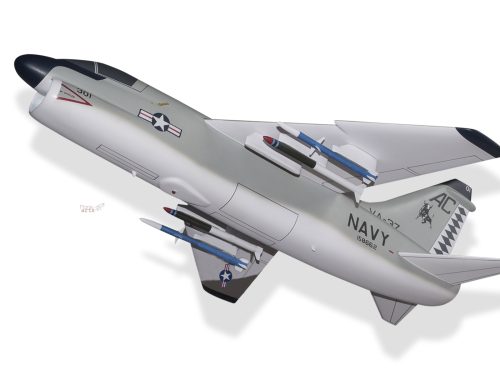
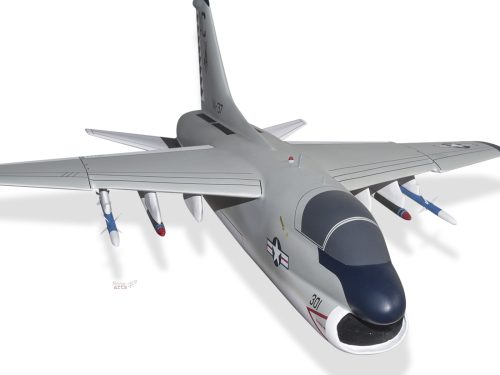
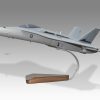
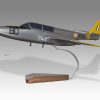
Reviews
There are no reviews yet.